It’s no mystery that mastering your short game is key to lowering your scores, and chipping is one of the most important skills to get right. The best way to improve your chipping? Consistent, focused practice.
In this article, we’re diving into the best chipping practice drills that will help you build touch, control, and accuracy around the greens. Whether you’re a beginner looking to get more confident or a seasoned player fine-tuning your game, these drills will give you the tools you need to get up and down more often and shave strokes off your scorecard.
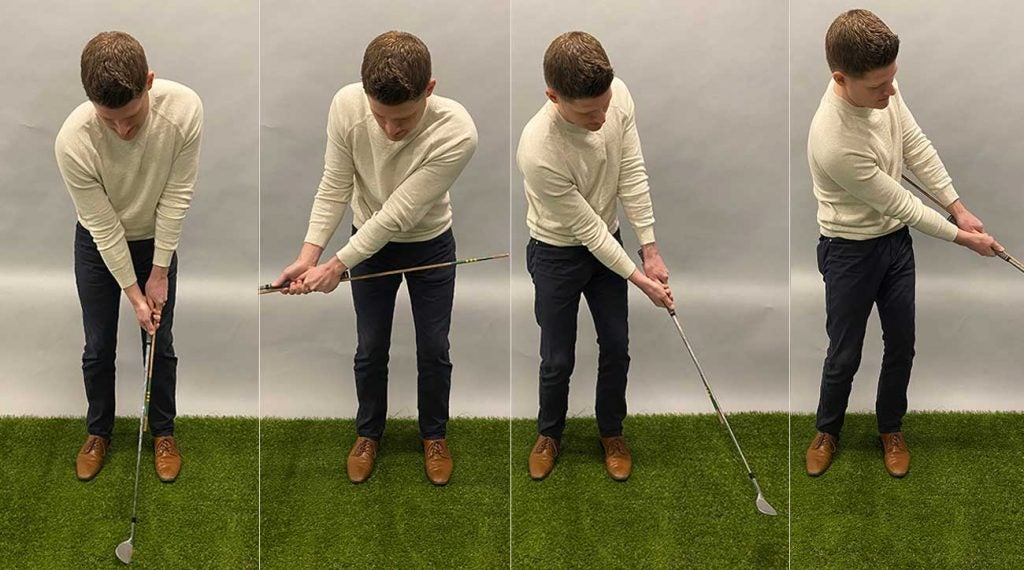
Understanding the Importance of Chipping
Why Chipping Matters
Chipping is a crucial part of the short game in golf. It significantly impacts your overall score since a successful chip shot can dramatically improve your position on the green, setting you up for an easier putt. Excelling at chipping decreases the number of strokes per round and boosts your confidence.
The Components of a Good Chip Shot
There are several crucial factors that contribute to a successful chip shot. These include technique, club selection, mental focus, and practice drills. Eliminating common errors and refining your approach can lead to consistent performance.
Essential Techniques for Effective Chipping
Proper Stance and Grip
The foundation of an excellent chip shot starts with a proper stance and grip. Position your feet close together, slightly open to your target. Ensure that your weight is shifted towards your front foot. This ensures a downward strike on the ball, promoting solid contact.
For the grip, maintain a light yet controlled hold on the club. A tight grip can lead to jerky motions, affecting your shot’s precision. Relax your hands and focus on making a smooth, controlled swing.
Club Selection
Choosing the right club for your chip shot is critical. Typically, you would use a wedge for a standard chip shot due to its loft, which allows for better control and spin. However, depending on the distance and the type of shot needed, you might opt for a pitching wedge, 9-iron, or even a sand wedge.
Swing Awareness
The swing in a chip shot should be more of a pendulum motion. Your arms and shoulders should work together in a fluid movement. Focus on keeping your wrists firm through the motion, avoiding any flicking action. The key to a controlled chip is maintaining a consistent tempo and swing path.
Best Chipping Practice Drills
The Gate Drill
The Gate Drill is an excellent exercise for improving accuracy. Place two tees in the ground, creating a “gate” just wide enough for your clubhead to pass through. Practice hitting shots while ensuring the clubhead moves through the gate without touching the tees.
| Objective | Improves accuracy and control |
|---|---|
| Equipment | Two tees, golf balls, preferred clubs |
| Setup | Create a gate with tees on the practice green |
| Execution | Hit chip shots ensuring clubhead passes through the gate without touching the tees |
The Towel Drill
The Towel Drill helps you understand the importance of hitting down on the ball. Lay a towel a few inches behind the ball and attempt to chip without hitting the towel. This encourages a downward strike and cleaner contact.
| Objective | Promotes downward strike and clean contact |
|---|---|
| Equipment | Towel, golf balls, preferred club |
| Setup | Place a towel a few inches behind the ball |
| Execution | Chip the ball without disturbing the towel |
The Circle Drill
To improve your consistency and control, use the Circle Drill. Create a circle around the hole using tees. Aim to land your chip shots within this circle, gradually reducing its size as you improve.
| Objective | Enhances control and consistency |
|---|---|
| Equipment | Tees, golf balls, preferred club |
| Setup | Create a circle around the hole with tees |
| Execution | Aim to land chip shots within the circle |
The Distance Control Drill
In this drill, place several markers at varying distances from your chipping position. Practice landing the ball on each marker, focusing on consistent clubface contact and control over distance.
| Objective | Refines distance control and consistency |
|---|---|
| Equipment | Markers, golf balls, preferred clubs |
| Setup | Place markers at varying distances from your chipping position |
| Execution | Practice landing the ball on each marker |
Understanding Common Chipping Errors
Flipping the Wrists
One common mistake is flipping the wrists at impact rather than maintaining a solid wrist position. This results in inconsistent contact and control. Focus on keeping your wrists firm throughout the motion.
Poor Weight Distribution
Another frequent error is improper weight distribution. Players often tend to place too much weight on the back foot. Always remember to keep your weight forward to ensure a downward strike on the ball.
Incorrect Ball Position
The ball’s position in your stance greatly influences the quality of your chip shot. Placing the ball too far back or too far forward can lead to poor contact. The ball should be positioned just behind the center of your stance.
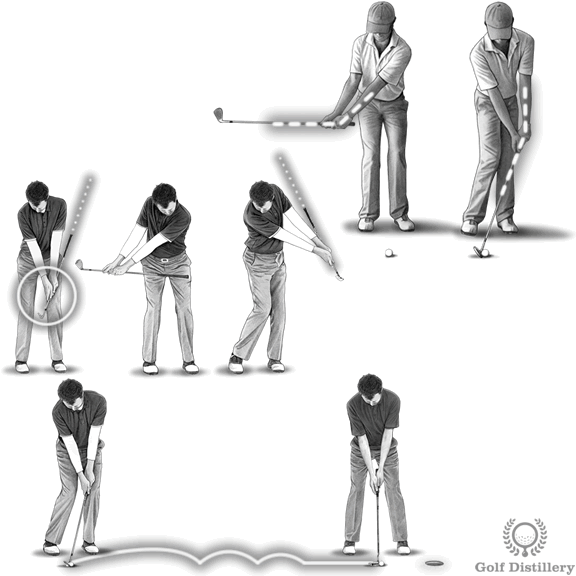
Mental Aspects of Chipping
Visualization and Focus
Visualization plays a pivotal role in successful chipping. Visualize the shot you intend to make before you execute it. This mental rehearsal prepares your body and mind, resulting in better performance.
Staying Calm Under Pressure
Chipping often involves high-pressure situations. Developing calmness and focus during these moments is crucial. Incorporate breathing exercises and positive self-talk to maintain composure.
Creating a Routine
Establishing a consistent pre-shot routine helps alleviate anxiety and builds confidence. Develop a routine that includes visualization, a few practice swings, and a clear focus on your target.
Advanced Chipping Strategies
Different Lies and Conditions
Understanding how to approach various lies and conditions can elevate your chipping game. For example, a chip from heavy rough requires a different strategy than one from a tight lie. Adapt your technique based on the situation.
Using Spin and Check
Learning to control spin and check will add a new dimension to your chipping prowess. Experiment with different clubs and techniques to generate the desired spin and stop the ball near the hole.
Mastering the Bump-and-Run
The bump-and-run is an effective chipping technique for certain conditions. It involves using a lower lofted club and rolling the ball towards the hole. This technique is particularly useful on fast greens or when you need to keep the ball low.
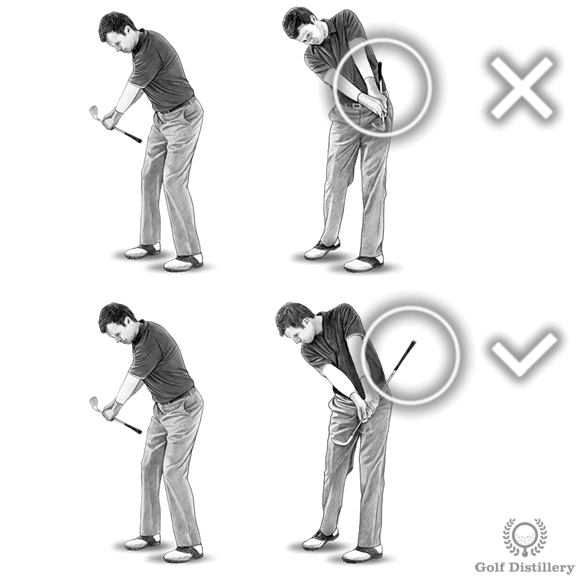
Practicing with a Purpose
Setting Goals
Practice sessions should have specific goals rather than just hitting random shots. Set measurable and achievable objectives for each session, such as landing a certain number of shots within a given distance from the hole.
Analyzing Performance
Regularly review your performance and adjust your practice routine accordingly. Keeping a journal or using technology to track your progress can provide valuable insights.
Consistency Over Quantity
Focus on the quality of your practice rather than the quantity. Short, focused practice sessions are more beneficial than long, unstructured ones. Aim to practice regularly while maintaining high concentration levels.
Conclusion
Achieving proficiency in chipping requires commitment, practice, and the right techniques. By incorporating these drills and understanding the intricacies of chipping, you can significantly lower your scores and boost your confidence on the course. Keep practicing with purpose and stay patient; mastery comes with time and dedication.
This article aimed to provide you with comprehensive and actionable advice to enhance your chipping skills. By following these drills and tips, you’re well on your way to becoming a more efficient and confident golfer. Happy practicing!
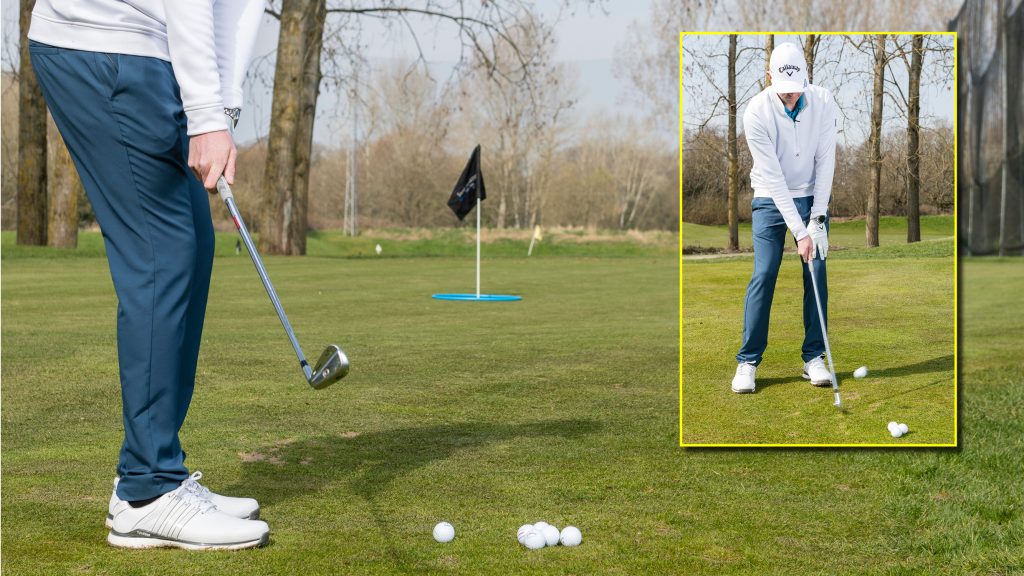

Ed Baucom is a passionate and dedicated golfer with years of experience both on and off the course. Known for his insightfulness and attention to detail, Ed brings a wealth of knowledge to the golfing community, particularly through his reviews for Golf Aid Advisor. His expertise in evaluating golfing equipment, training aids, and techniques has made him a trusted voice for golfers seeking to improve their game. Whether testing the latest clubs or offering advice on swing mechanics, Ed’s thoughtful and practical assessments help players of all skill levels enhance their performance.

